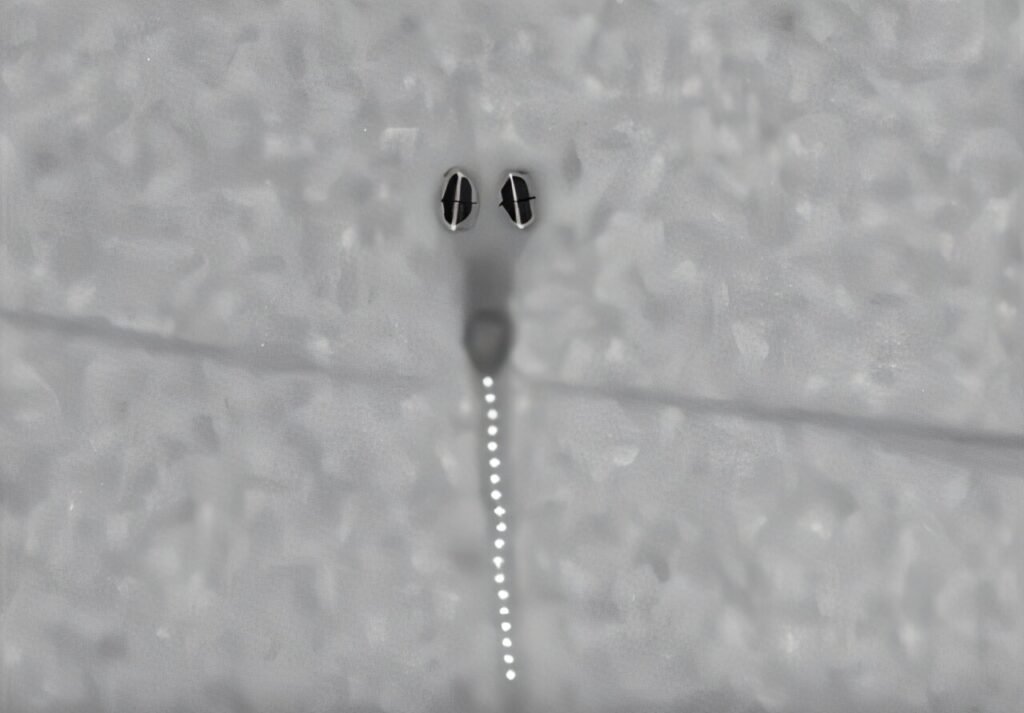The use of the anesthetic ketamine as a potential treatment for severe depression has been a topic of interest for researchers for many years. However, there are still many unanswered questions about how exactly ketamine works in the brain to alleviate depressive symptoms. To shed light on this mechanism, scientists have turned to an unlikely source: tiny, days-old zebrafish.
While zebrafish may not experience depression in the same way humans do, they do exhibit a behavior known as “giving up,” where they stop swimming when they realize they aren’t making progress. This behavior is similar to passive behavior observed in depressed individuals and provides a valuable model for studying depression in animals.
In a recent study published in the journal Neuron, researchers from HHMI’s Janelia Research Campus, Harvard, and Johns Hopkins used zebrafish to investigate the effects of ketamine on the brain. By utilizing a unique virtual reality system and imaging the zebrafish’s entire brain, the team discovered that ketamine acts on supporting cells called astroglia, rather than neurons.
Previous research had shown that astroglia play a role in signaling to the fish when to give up. When the fish realizes it’s not making progress, astroglia activity increases, eventually signaling to neurons to stop swimming. The new study found that ketamine overstimulates astroglia, leading to a lasting suppression of the “giving up” behavior in the fish.
The researchers also found that similar effects were observed in mice, indicating a cross-species conservation of this mechanism. By understanding how ketamine affects astroglia and alters neuronal and astroglia physiology, researchers hope to gain insights that could lead to the development of more effective treatments for depression.
Overall, this study highlights the potential role of astroglia in depression and provides a new perspective on how antidepressants like ketamine work in the brain. By targeting astroglia, researchers may uncover new avenues for developing safer and more effective treatments for depression, ultimately benefiting individuals struggling with this debilitating condition.
For more information, the study titled “Ketamine induces plasticity in a norepinephrine-astroglial circuit to promote behavioral perseverance” can be found in the journal Neuron. This research offers valuable insights into the mechanisms underlying ketamine’s effects on the brain and opens up new possibilities for future research in the field of depression treatment.


